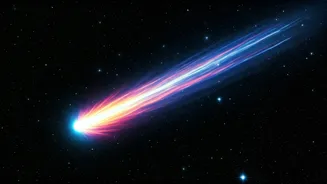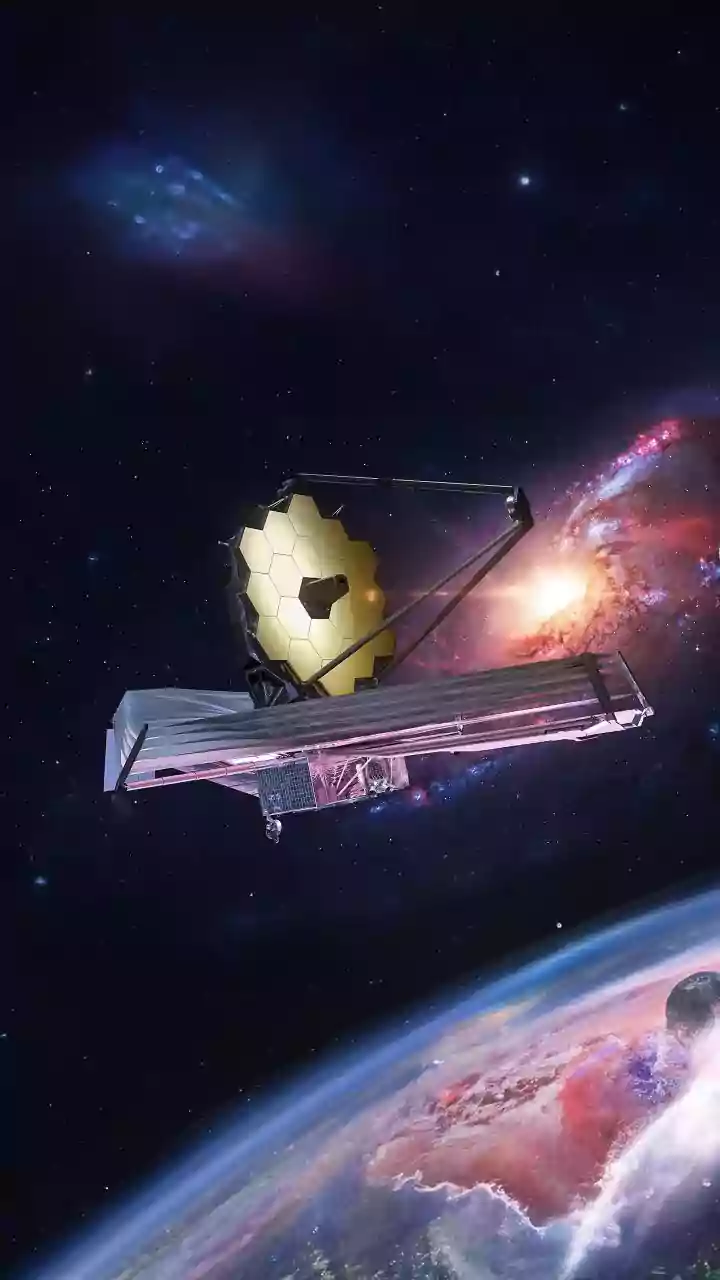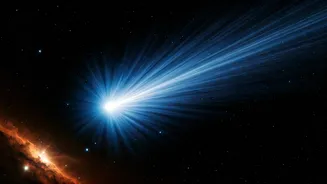Early Galaxy Sightings
One of the most remarkable achievements of the James Webb Space Telescope (JWST) is its ability to peer into the early universe, allowing scientists to observe
galaxies as they appeared billions of years ago. Several studies have focused on identifying and characterizing these ancient galaxies. For example, the JWST may have spotted a particularly puzzling object that could be one of the earliest known galaxies. This object presents a unique opportunity to study the formation and evolution of galaxies in the infant universe, helping researchers to understand how these celestial structures came to be. Moreover, the telescope's capacity to analyze light from these distant objects is crucial for determining their composition and understanding the physical processes that were occurring in the early cosmos. The ability to observe these early galaxies offers a glimpse into the cosmic dawn, a period of dramatic change and rapid evolution in the universe.
Black Holes Unveiled
JWST is not only revealing early galaxies but also shedding light on the properties of black holes. One of the notable findings is the observation of the earliest black hole ever imaged, looking as far back as is practically possible. This is a significant breakthrough because it allows scientists to study the growth and behavior of black holes in the early universe, providing insights into their role in galaxy evolution. Additionally, JWST has identified a 'black hole star', which could represent a brand new type of cosmic object. Furthermore, the telescope has observed a black hole at the center of a galaxy, revealing something 'very exciting' shooting out from it. These discoveries contribute significantly to understanding the mysteries surrounding black holes, their interaction with their surroundings, and their influence on the cosmos. JWST’s data offers unprecedented opportunities to study the extremes of the universe, and the first black hole ever imaged shows just how much we have to learn.
Planet Atmospheric Analyses
The James Webb Space Telescope is equipped to study exoplanets, enabling researchers to analyze their atmospheric composition and search for potential signs of life. JWST has been used to study the atmosphere of a planet orbiting a 'black widow' star, revealing an all-carbon atmosphere. This discovery provides valuable data on the types of planets and their environments that can form around these exotic stars. Moreover, a recent study has identified a giant planet orbiting in the habitable zone of our closest sun-like star. The telescope is designed to measure the composition of atmospheres on exoplanets, including the presence of water, methane, and other key molecules, which can help to determine the potential habitability of a planet. These observations are crucial for understanding the diversity of planets that exist in the galaxy, and they represent a significant step in the quest to identify and characterize potentially habitable worlds beyond our solar system. These advances are providing new perspectives on the existence of different atmospheres on other planets.
Unusual Cosmic Objects
JWST continues to identify unusual and enigmatic objects. In one notable finding, the telescope uncovered 300 mysteriously luminous objects. Whether these are galaxies or something else remains a subject of ongoing research. In another instance, the telescope revealed something strange about interstellar comet 3I/ATLAS. These discoveries challenge existing ideas about how cosmic bodies behave and evolve. The data from the JWST is still being analyzed, but astronomers are optimistic that further investigation will help to reveal the nature of these objects and their formation processes. The ability of the telescope to capture detailed images and spectral data is a key factor in unraveling the mysteries that surround the universe. These observations are critical for gaining a comprehensive understanding of the diverse range of objects present in space and their impact on the cosmos.
Building Blocks of Life
JWST has made a significant breakthrough by detecting the building blocks of life in ice outside the Milky Way for the first time ever. This is a landmark moment in the search for extraterrestrial life, as it shows that the essential molecules for life, such as carbon-based compounds, can form in a variety of environments throughout the universe. Moreover, the telescope's ability to analyze light passing through space provides valuable data on the presence and distribution of these molecules. The presence of these compounds in regions beyond our own galaxy suggests that life's building blocks are widely distributed across the cosmos, and that the conditions for life may be more prevalent than previously thought. The ongoing research is aiming to determine the specific types and quantities of these molecules and to understand the environments where they are formed. These observations open up new possibilities in the search for extraterrestrial life and offer insight into the process of the origin of life beyond Earth.











